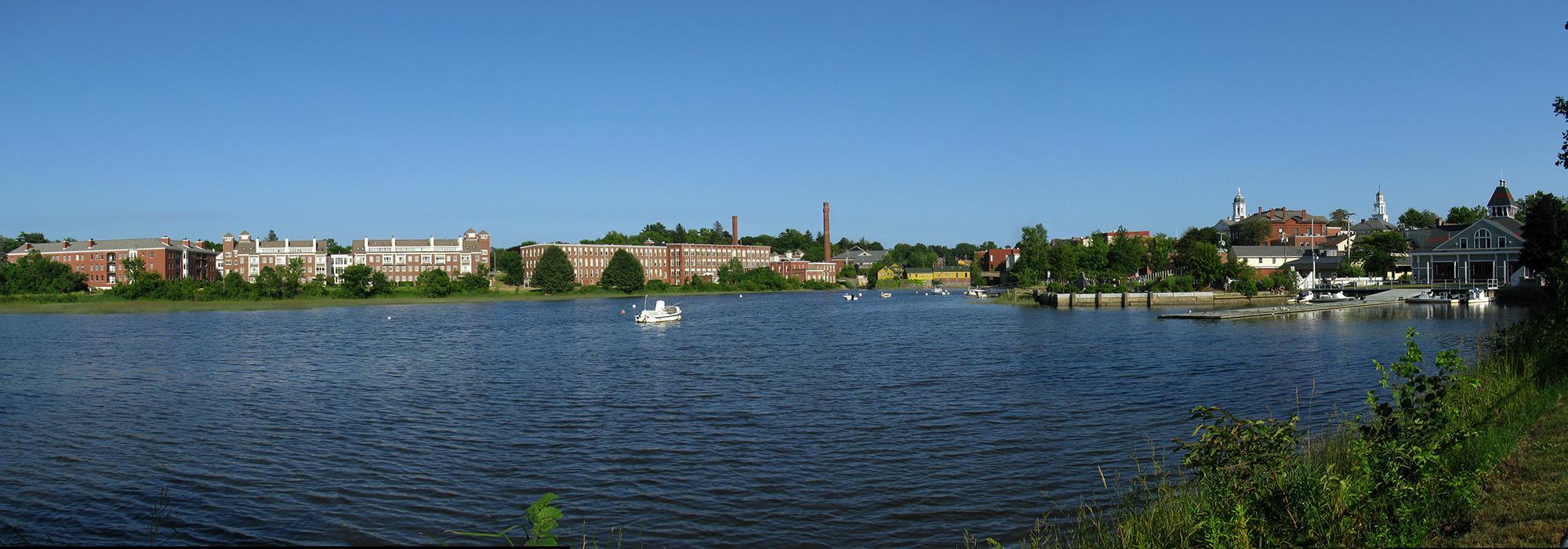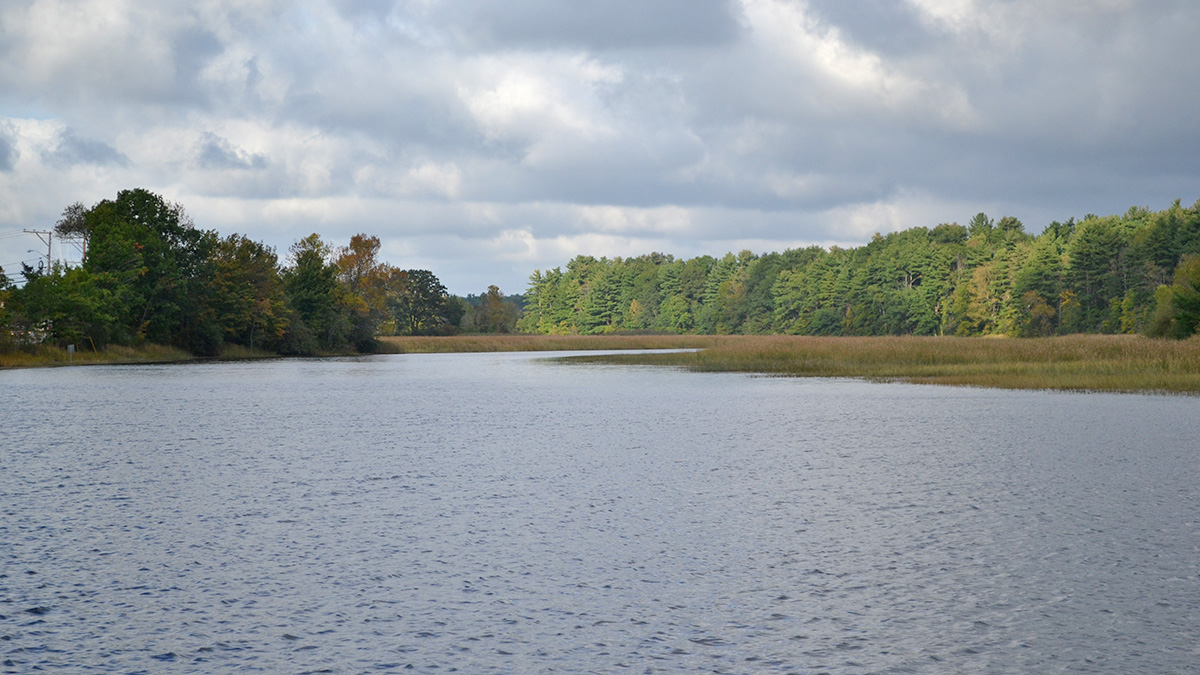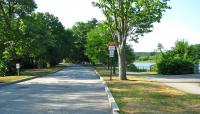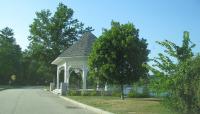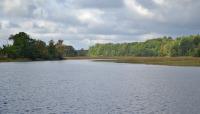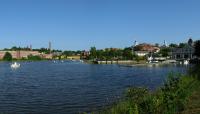Landscape Information
Seeking to beautify the working waterfront of Exeter along the Squamscott River, which inventor and philanthropist Ambrose Swasey traversed daily from his Fort Rock Farms homestead, Swasey proposed the creation of a waterfront parkway for the city in the mid-1920s. He hired Warren H. Manning, who had previously consulted on his estate, to prepare plans for the parkway, which would be constructed through an industrial neighborhood. Manning charted the alignment of the roadway, a design which the Olmsted Brothers firm largely followed when they took on the project. The firm, however, incorporated a less formal approach to the proposed plantings than the allée of English elms suggested by Manning. The firm also proposed a more ambitious reclamation of the adjacent marsh and waterfront for parkland. Construction proceeded quickly, and the parkway was dedicated in November 1931.
Stone walls mark both ends of the half-mile-long corridor, distinguishing it from the urban landscape to the south and the more rural setting to the north. An open lawn dotted with trees lends a parklike character to the space, providing opportunities for passive recreation. The riverbank is highlighted as a feature of the parkway, with an existing wharf utilized as an overlook, and a second overlook constructed to the north. Walkways connect the parkway to surrounding streets, enabling pedestrians to engage with the landscape and the water’s edge.



